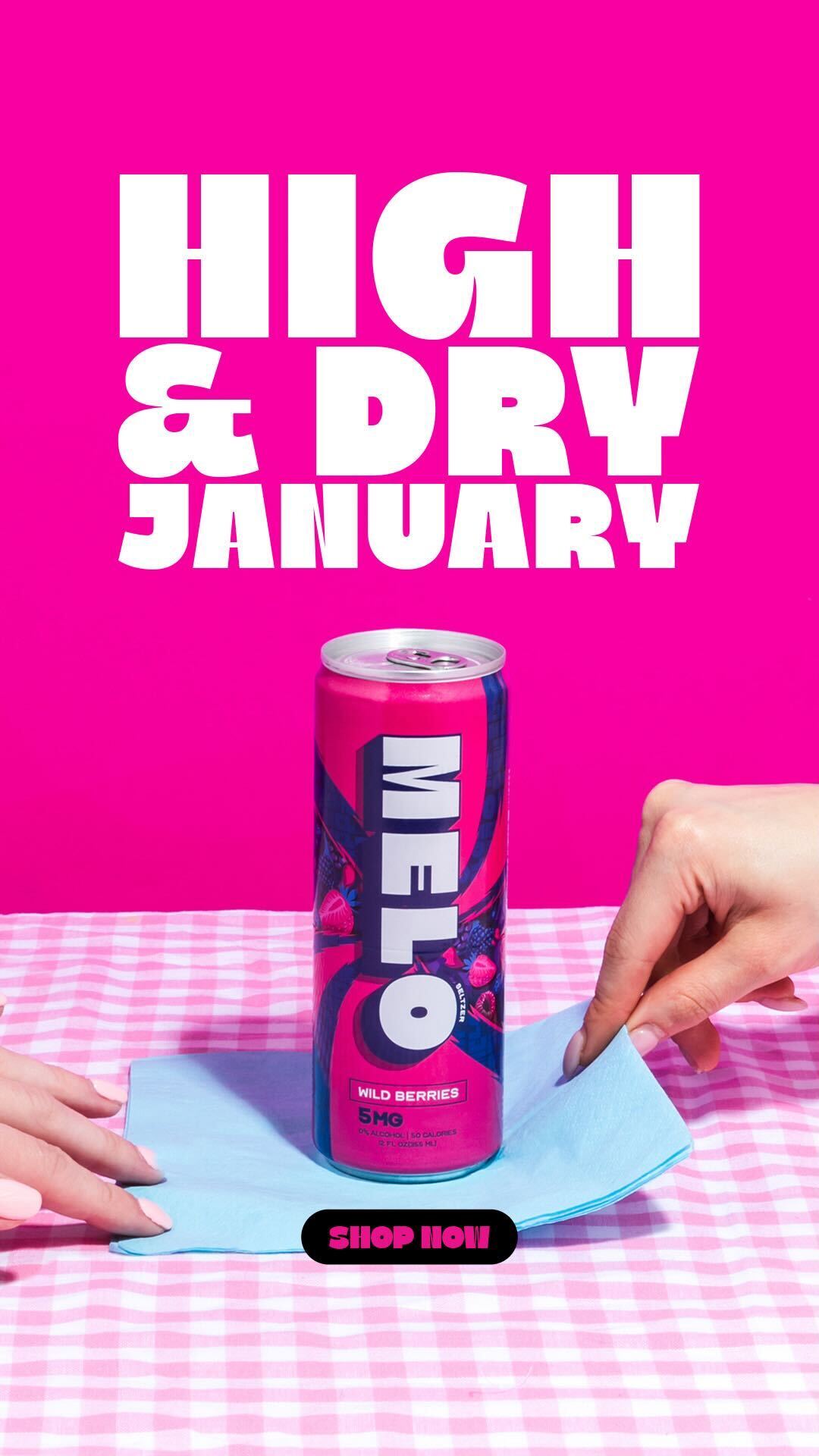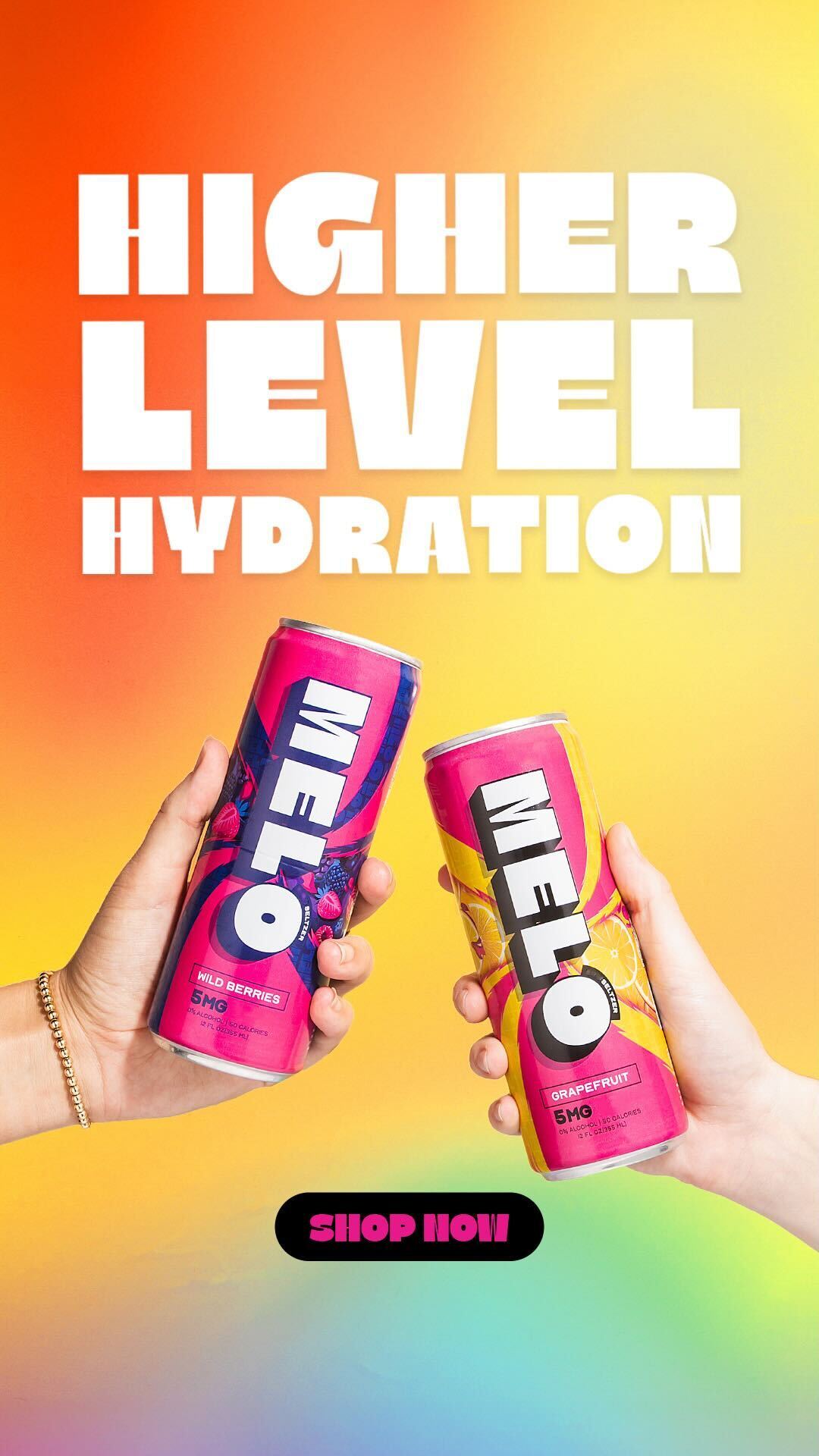Effects and Onset
Understanding how quickly cannabis takes effect and its duration is crucial for anyone considering incorporating it into their routine. This comparison delves into the differences between THC beverages and traditional edibles, exploring factors like absorption rate, onset time, and overall effects to help you make an informed choice.

Absorption Rate
One key difference lies in how quickly THC enters the bloodstream. Traditional edibles, such as gummies or chocolates, tend to have a slower onset time, typically 30 minutes to two hours, due to digestion. THC needs to be broken down by the liver before it can exert its effects. Beverages, on the other hand, bypass this process to some extent since they are absorbed directly through the stomach lining. This often leads to a faster onset, sometimes as little as 15 minutes. However, absorption rates can vary depending on factors like individual metabolism, beverage type, and THC concentration.
Duration of Effects
The duration of effects also varies between these two forms. Traditional edibles typically produce effects that last longer, potentially 4-6 hours or even longer, due to the slow breakdown and release of THC in the liver. THC beverages generally have a shorter duration, lasting around 2-3 hours. This quicker dissipation might be preferred by some users who want a more controlled experience.
Intensiveness of High
The intensity of a high can also differ between edibles and beverages. Traditional edibles often lead to a more intense and prolonged high because the gradual absorption allows for a build-up of THC in the system. Beverages, with their faster onset and shorter duration, may result in a milder but quicker high.
Taste and Experience
The realm of cannabis consumption offers a variety of methods, each impacting the user’s experience uniquely. Among these, THC beverages and traditional edibles stand out for their distinct effects. Understanding these differences is crucial for anyone seeking to navigate the world of cannabis with awareness and control.
Flavor Variety
Beyond absorption rate and duration, the flavor variety offered by THC beverages presents a unique advantage over traditional edibles. While edibles often rely on masking the natural cannabis taste with strong flavors or sweeteners, beverages allow for more creative exploration. Manufacturers can infuse various fruit juices, teas, sodas, and even kombucha with THC, resulting in a wider range of tastes to suit different preferences.
This diversity opens up possibilities for tailored experiences, catering to individuals who may be sensitive to strong flavors or those simply seeking a more nuanced taste profile. The ability to enjoy the benefits of THC within a refreshing beverage can enhance its appeal and make it a more accessible option for a wider audience.
Consumption Method
Understanding how quickly cannabis takes effect and its duration is crucial for anyone considering incorporating it into their routine. This comparison delves into the differences between THC beverages and traditional edibles, exploring factors like absorption rate, onset time, and overall effects to help you make an informed choice.
One key difference lies in how quickly THC enters the bloodstream. Traditional edibles, such as gummies or chocolates, tend to have a slower onset time, typically 30 minutes to two hours, due to digestion. THC needs to be broken down by the liver before it can exert its effects. Beverages, on the other hand, bypass this process to some extent since they are absorbed directly through the stomach lining. This often leads to a faster onset, sometimes as little as 15 minutes. However, absorption rates can vary depending on factors like individual metabolism, beverage type, and THC concentration.
The duration of effects also varies between these two forms. Traditional edibles typically produce effects that last longer, potentially 4-6 hours or even longer, due to the slow breakdown and release of THC in the liver. THC beverages generally have a shorter duration, lasting around 2-3 hours. This quicker dissipation might be preferred by some users who want a more controlled experience.
The intensity of a high can also differ between edibles and beverages. Traditional edibles often lead to a more intense and prolonged high because the gradual absorption allows for a build-up of THC in the system. Beverages, with their faster onset and shorter duration, may result in a milder but quicker high.
The realm of cannabis consumption offers a variety of methods, each impacting the user’s experience uniquely. Among these, THC beverages and traditional edibles stand out for their distinct effects. Understanding these differences is crucial for anyone seeking to navigate the world of cannabis with awareness and control.
Beyond absorption rate and duration, the flavor variety offered by THC beverages presents a unique advantage over traditional edibles. While edibles often rely on masking the natural cannabis taste with strong flavors or sweeteners, beverages allow for more creative exploration. Manufacturers can infuse various fruit juices, teas, sodas, and even kombucha with THC, resulting in a wider range of tastes to suit different preferences.
This diversity opens up possibilities for tailored experiences, catering to individuals who may be sensitive to strong flavors or those simply seeking a more nuanced taste profile. The ability to enjoy the benefits of THC within a refreshing beverage can enhance its appeal and make it a more accessible option for a wider audience.
Dosage Control
Dosage control is a crucial aspect of cannabis consumption, impacting both the intensity and duration of effects. The way THC is ingested significantly influences how quickly it enters the bloodstream and its overall impact.
Accuracy of Dosage
- Traditional edibles: Dosage in edibles can be challenging due to inconsistent absorption rates. The slow digestion process makes it difficult to predict precisely when effects will peak, potentially leading to accidental overconsumption.
- THC beverages: Due to faster absorption, THC beverages offer more predictable and quicker onset effects. This allows for easier dosage adjustment and control, especially for beginners or those seeking a lighter experience.
Adjusting Intake
Dosage control is crucial in cannabis consumption. Traditional edibles can be tricky because digestion makes it hard to predict when effects will be felt, leading to the potential for overconsumption. THC beverages, due to faster absorption, offer more predictable onset and quicker effects, making dosage adjustments easier.
Legality and Availability
The legal landscape surrounding cannabis consumption varies greatly around the world, with some regions fully legalizing recreational and medical use while others maintain strict prohibition. Availability also fluctuates depending on local regulations and market accessibility. This comparison delves into the distinctions between THC beverages and traditional edibles within this complex framework, considering both the legal implications and practical considerations of obtaining these products.
State-Specific Regulations
Legality regarding THC-infused edibles and beverages varies significantly from state to state in the United States. Some states have legalized recreational use of cannabis, while others permit only medical use. Within each state, specific regulations govern the production, sale, and possession of these products.
For example, a product legal in one state may be illegal in another. It’s crucial for consumers to be aware of and comply with the laws in their respective jurisdictions. Similarly, availability can vary depending on local dispensaries or retailers authorized to sell cannabis products.
Accessibility in Different Locations
The legal landscape surrounding cannabis consumption varies greatly around the world, with some regions fully legalizing recreational and medical use while others maintain strict prohibition. Availability also fluctuates depending on local regulations and market accessibility. This comparison delves into the distinctions between THC beverages and traditional edibles within this complex framework, considering both the legal implications and practical considerations of obtaining these products.
Legality regarding THC-infused edibles and beverages varies significantly from state to state in the United States. Some states have legalized recreational use of cannabis, while others permit only medical use. Within each state, specific regulations govern the production, sale, and possession of these products.
For example, a product legal in one state may be illegal in another. It’s crucial for consumers to be aware of and comply with the laws in their respective jurisdictions. Similarly, availability can vary depending on local dispensaries or retailers authorized to sell cannabis products.
In regions where cannabis is not legal, obtaining THC beverages or edibles is strictly prohibited and could result in legal consequences. Accessing these products in such areas often involves navigating illicit markets, which carry inherent risks associated with quality control, safety, and potential legal repercussions.
Cost Comparison
When considering cannabis consumption, understanding the differences between THC beverages and traditional edibles is essential for making informed choices.
Price per Milligram of THC
Cost comparison between THC beverages and traditional edibles can be complex due to variations in potency, brand, and location. However, a general observation is that THC beverages tend to have a higher price per milligram of THC compared to traditional edibles.
- THC Beverages: Often priced based on serving size and overall milligram content, leading to a potentially higher cost per milligram compared to edibles.
- Traditional Edibles: Frequently available in various dosage strengths, allowing consumers to purchase smaller quantities for a lower per-milligram cost. Gummies or chocolates with 5mg to 10mg THC doses are common examples of cost-effective options.
Factors Influencing Price
Cost comparison between THC beverages and traditional edibles can be complex due to variations in potency, brand, and location. However, a general observation is that THC beverages tend to have a higher price per milligram of THC compared to traditional edibles.
- THC Beverages: Often priced based on serving size and overall milligram content, leading to a potentially higher cost per milligram compared to edibles.
- Traditional Edibles: Frequently available in various dosage strengths, allowing consumers to purchase smaller quantities for a lower per-milligram cost. Gummies or chocolates with 5mg to 10mg THC doses are common examples of cost-effective options.
Several factors influence the price of both THC beverages and traditional edibles:
- Production Costs: Ingredients, manufacturing processes, and quality control all contribute to the final cost. Specialized ingredients or complex production methods for beverages might increase expenses.
- THC Concentration: Products with higher THC potency often command a premium price due to the increased amount of active ingredient.
- Brand Reputation: Established brands with a strong market presence may have higher prices reflecting their perceived quality and customer loyalty.
- Market Demand and Availability: High demand and limited supply can drive up prices, particularly in areas where cannabis regulations are strict or access is restricted.
Safety Considerations

Understanding the potential effects of THC is crucial for anyone considering its use. Both THC beverages and traditional edibles can produce psychoactive effects, but the onset and duration can vary significantly. Factors like individual metabolism, dosage, and product formulation all play a role.
Potential Side Effects
Potential side effects associated with THC consumption include: altered perception, impaired coordination, anxiety, paranoia, increased heart rate, dry mouth, red eyes, and nausea. The intensity and likelihood of experiencing these side effects can vary greatly depending on individual sensitivity, dosage, consumption method, and underlying health conditions.
It’s important to start with a low dose, especially for first-time users, and gradually increase as needed while monitoring for any adverse reactions.
Safety considerations include:
- Start Low and Go Slow: Begin with a very small dose and wait at least two hours before consuming more to allow the effects to take hold.
- Avoid Mixing with Alcohol or Other Drugs: Combining THC with alcohol or other substances can amplify side effects and increase risks.
- Consume in a Safe Environment: Choose a comfortable, familiar location where you feel safe and secure. Avoid operating machinery or driving under the influence of THC.
- Be Mindful of Medical Conditions: If you have any pre-existing medical conditions, consult with a healthcare professional before using THC to understand potential interactions or risks.
- Store Safely Out of Reach of Children and Pets: THC products should be stored securely to prevent accidental ingestion by children or animals.
Interactions with Medications
It’s crucial to be aware that THC can interact with certain medications.
If you are currently taking any prescription or over-the-counter medications, it is essential to consult with your doctor or pharmacist before consuming THC beverages or edibles.
THC can potentially alter the way your body metabolizes medications, leading to increased or decreased effects of either the medication or THC itself.
Some potential drug interactions include:
- Blood thinners: THC may increase the risk of bleeding in individuals taking blood-thinning medications.
- Antidepressants: Combining THC with antidepressants could lead to heightened anxiety, paranoia, or other mental health concerns.
- Sedatives and tranquilizers: Mixing THC with these medications can significantly increase sedation and drowsiness, potentially leading to impaired coordination and function.
- Immunosuppressants: THC may interfere with the effectiveness of immunosuppressant drugs, increasing the risk of infections.
Remember, it’s always best to err on the side of caution when it comes to potential drug interactions. Open communication with your healthcare provider is vital for ensuring your safety and well-being.
Order Melo Seltzer’s All-Natural Cannabis Drinks
- THC Beverages Vs Traditional Edibles: A Complete Comparison - May 10, 2025
- How Long After Lip Filler Can You Give Oral - May 10, 2025
- Does THC Seltzer Work Faster Than Gummies? - May 9, 2025
